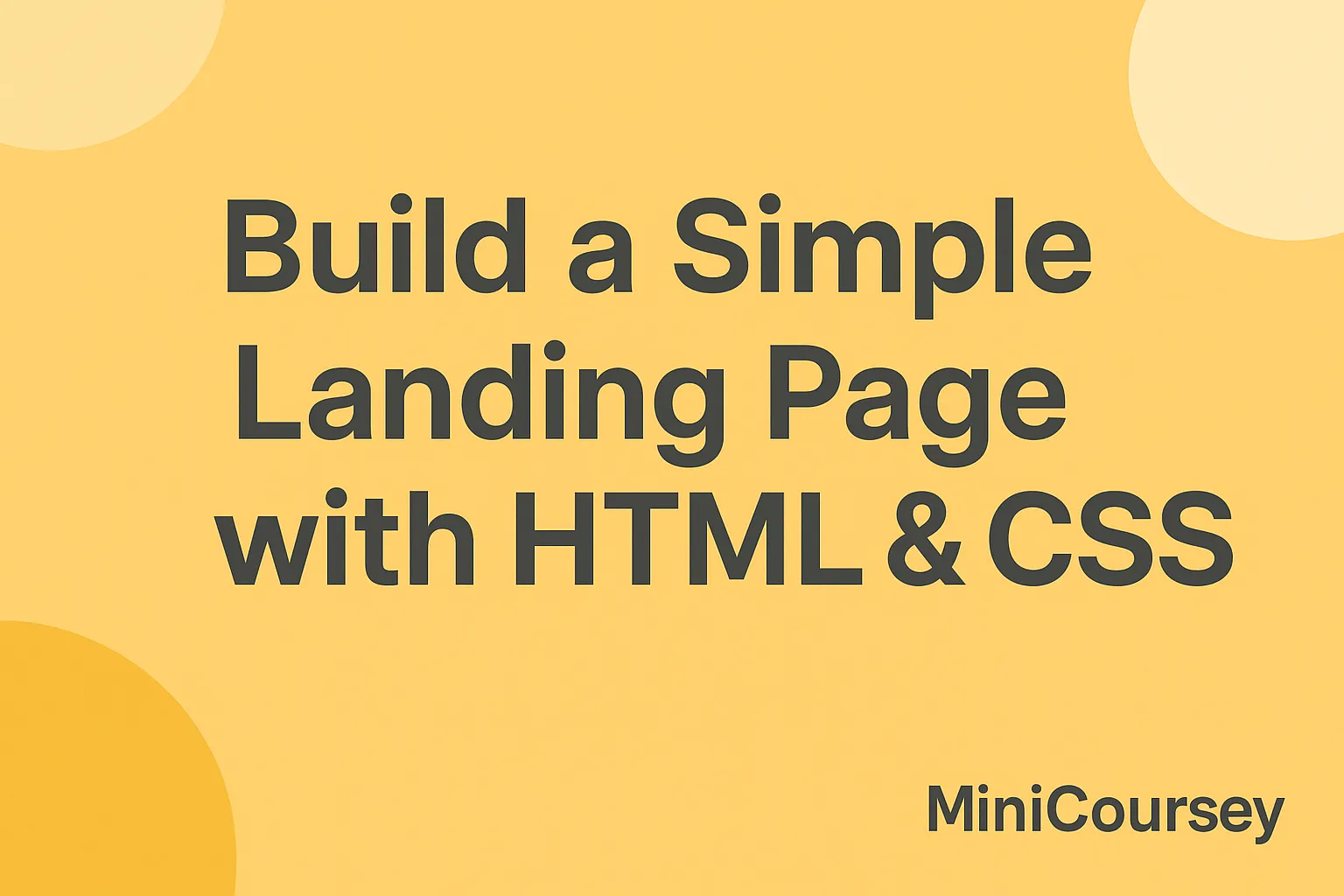Hate writing repetitive selectors that clutter your stylesheets? CSS Nesting is here to help! Native CSS Nesting lets you nest selectors inside parent rules — similar to Sass, but built right into CSS. This keeps your code shorter, more readable, and easier to maintain. In this MiniCoursey quick guide, you’ll learn what CSS Nesting is, how to use it, and best practices for clean, modern stylesheets.
What is CSS Nesting?
CSS Nesting lets you write child selectors directly inside a parent rule. It works a lot like Sass or Less, but it’s native — no build step needed!
Basic Syntax
Nest your selectors with the & symbol to reference the parent.
.card {
padding: 1rem;
& h2 {
margin-top: 0;
}
& .button {
display: inline-block;
}
}
Here, h2 and .button only style elements inside .card.
Why Use Nesting?
- Keep related styles grouped together.
- Reduce duplicate selectors.
- Write cleaner, easier-to-read CSS — especially for components.
💡 Pro Tip: Use nesting carefully — avoid deep nesting levels to keep CSS maintainable.
⚠️ Common Mistake: Don’t over-nest! Two or three levels is plenty — deep nesting hurts readability.
FAQ
Q: Is Nesting supported everywhere?
A: Modern browsers are adding native support — check MDN for the latest status and consider fallbacks if needed.
Q: Can I combine Nesting with preprocessor code?
A: Yes — but once browsers fully support it, you may not need preprocessors just for nesting anymore.
Related Link
👉 Check out previous: CSS Cascade Layers — Organize Your Styles Like a Pro
Where to Learn More
Visit MDN’s CSS Nesting docs for syntax examples and browser support updates.
Conclusion
Congrats — you now know how to write cleaner, more structured styles with native CSS Nesting! Shorter code, fewer bugs, happier you.
✨ Bookmark MiniCoursey for more quick & free mini courses!

